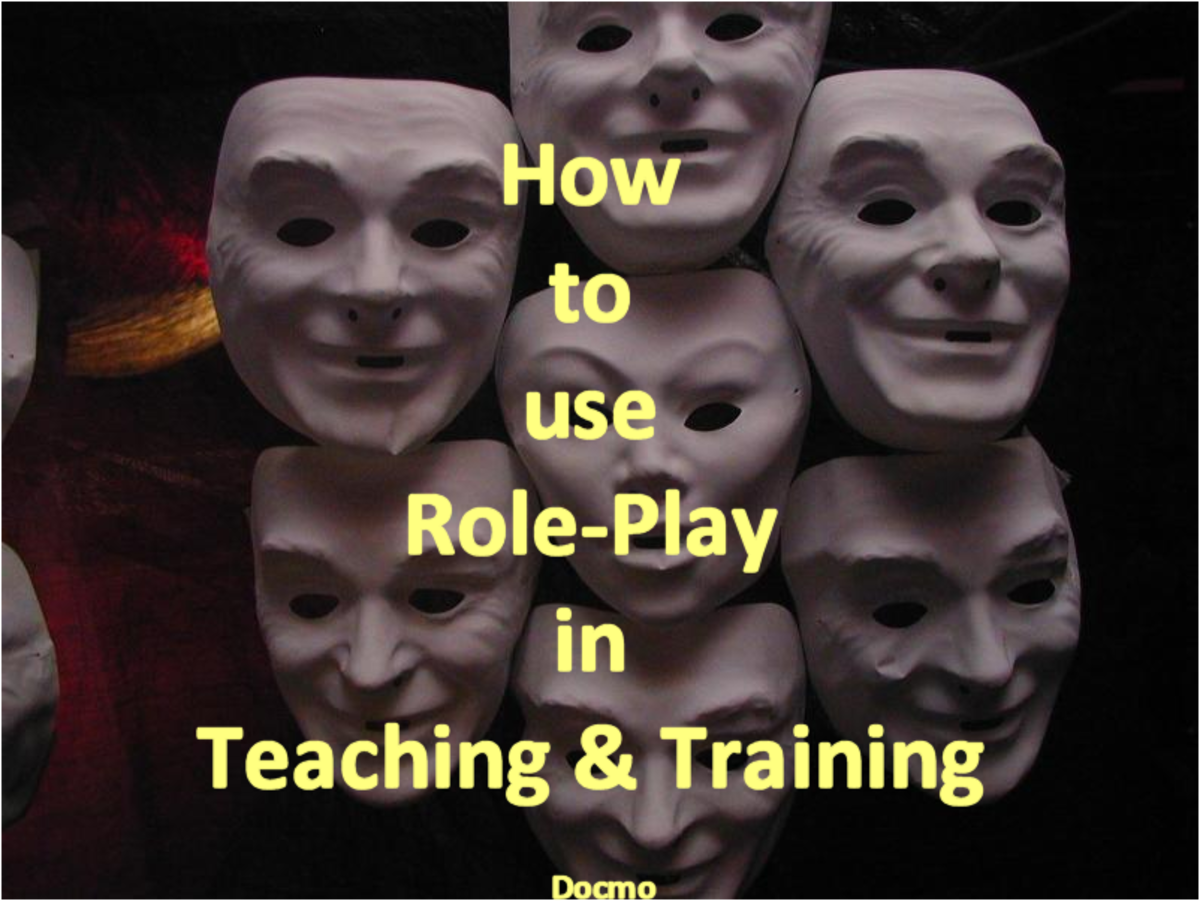PTTLS Theory - Legislation, equality, diviersity and inclusion

Hello guys, this is my own assignment from my PTLLS course for which I achieved Level 4. I havn't included my references, appendix or bibliography but if would like them, then just email me and i shall pass them over.
Obviously this is only to be used as reference, its on your own conscience if you plagiarise and more importantly if your found out to have done so, you wont be treated lightly.
PTLLS Assessment Task 2: Legislation, Equality, Diversity & Inclusion
What do the terms equality, diversity and inclusion represent within the learning environment?
Equality in the learning environment represents the ‘rights of learners to have access to attend and participate in their chosen learning experience’ states Gravells (2010b:12). I agree with this because it gives all potential learners the same opportunity in allowing them to reach their academic goals regardless of ability, circumstances, gender, gender identity, sexual orientation, creed, religion, marital status, age and maternity status as stated in the Equality Act 2010 which is further explained in the Legislation and Codes of Practices sheet. Within the learning environment this means challenging any discrimination from learners or staff and excluding inequality to safeguard. To keep the lessons appropriate and relevant to avoid any confusion, as acts of discrimination are often the result of a lack of understanding or consideration for a particular group or individual, but however ‘innocent’ they can still cause upset. Equality can be described as ‘everyone being different, but having equal rights’ (Gravells, 2010b:12).
For Instance when delivering and planning assessment I have a perfect chance to promote equality of opportunity by differentiating according to my learners educational needs. For instance if I had a learner who was hard of hearing I would intentionally speak louder when delivering and producing a hand out of the delivery for the learner to read along with. When it comes to assessment I would factor in their hard of hearing and create a written exam instead of an oral exam if allowable by the curriculum. Now if I had a learner with dyscalculia I would create specialized worksheets and extensions to my delivery to allow the learner to reap the benefits of my knowledge and possibly offering one to one sessions to aid them. Though if I reached the boundaries of how I could help the learner I’d refer the learner to an educational psychologist if applicable to my organisation.
Diversity within education and training is about valuing and celebrating the differences of all learners by embracing what makes them individual; ‘it supports equality by respecting rights, valuing individual talents and advocating that everyone’s skills are fully utilised’ states Wilson (2008:201). This means taking into account everybody’s individual needs, experiences and abilities when teaching and ensuring I give equal support to my learners without favouritism. Diversity is also about respect, making sure we respect ourselves, our learners and our colleagues so that everyone feels safe because they are not going to be judged for who they are or what they do.
Supporting diversity can be accomplished through including it within my SOW and session plans, by making references to all cultures in the delivery of my lessons, my resources and by mixing groups and rearranging the seating plans to encourage learners to mix and not allowing segregation to occur intentional or not. I could also base certain numeracy based functional skills sessions around religious holidays of the learners to promote diversity and encouraging learners to take an interest in what makes our culture a diverse one.
Inclusion is making sure all my learners are involved and that I don’t exclude learners or allow them to exclude themselves. It’s about treating everyone equally and fairly and providing my learners with the differentiation they need at every stage of the teaching cycle to accomplish their goals. It’s also about referring learners to the necessary support services so that they can be fully immersed within the learning and not worry about their situation. This will allow them to be included amongst the other learners and not have to feel stressed or alone in their problem, there are many different types of support services and I have a listed a few examples of possible internal and external services at the rear of this essay.
Wilson (2008:296) acknowledges that ‘ inclusion begins when you first hear about your learners, even before you meet them, … that the routines you practice will not end until after your learners have left your care’ which I consider to be true as I would start thinking about inclusion while developing the course, then when I write out my session plans including differentiation to encompass a spectrum of learning styles; all the way through to assessment by providing an equal opportunity for all of my learners to achieve their targets.
For example an issue related to the diversity and thus the inclusion of my learners is that I could have a mixed group of abilities, yet all working towards their C&G Adult Numeracy awards but at different levels, so I would differentiate the hand-outs, activities and respective targets using Bloom’s taxonomies (1956 – 1967) to make them applicable to the individual learners and remaining fair to the entire group.
In conclusion to what I have discovered about equality, diversity and inclusion while researching this essay is that they shouldn’t be pigeon holed into separate idioms but rather applied as a whole throughout the teaching cycle. They are pivotal within all aspects of society and therefore should be actively promoted within any learning environment as I have suggested through my examples.
Word Count: 775
Thank you for reading my PTLLS Theory hub, I hope this has been a useful read, please visit my other hubs for more PTLLS info!
Mike








